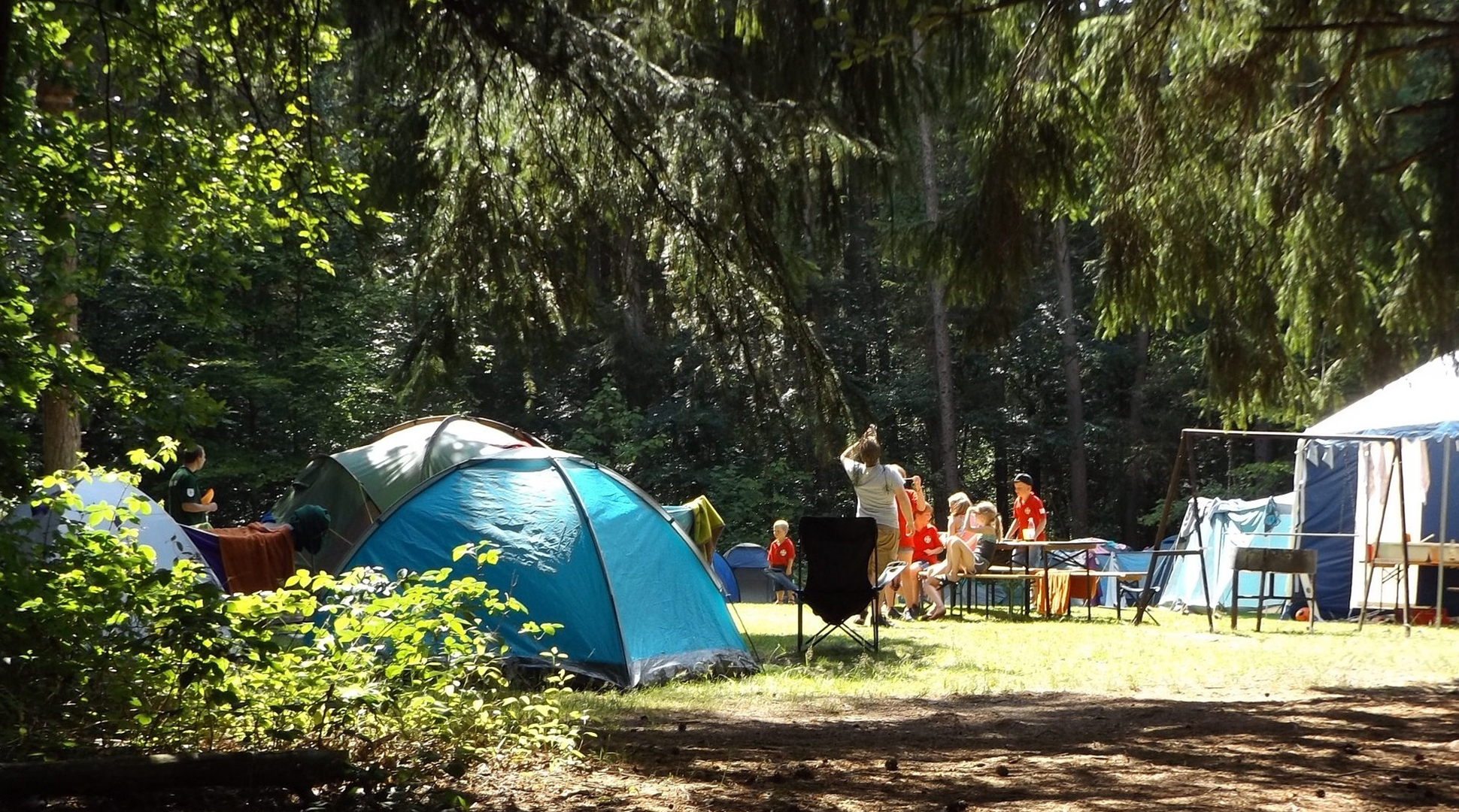photo from Pixabay
By Julie Garden-Robinson, food and nutrition specialist, NDSU Extension
Several years ago, we bought a tent for our family. My husband and kids put it up in the backyard for a makeshift camping experience. They were quite excited about sleeping outside.
In full disclosure, I went in the house after my husband and kids fell asleep in the tent. The ground was lumpy, and it was kind of chilly and damp that night.
I seem to recall a pesky fly buzzing near me.
Seriously, why would I sleep on the ground with numerous comfortable beds available within a short walking distance?
However, if we had a camper with a TV, air conditioning, and kitchenette with a microwave oven and refrigerator, I probably could be convinced to “camp.”
After my kids awakened, I made breakfast in our house and we ate outside. I think they noticed I was not with them all night.
Millions of people love camping and other nature excursions. Did camping increase or decrease during the pandemic?
Camping increased markedly during the pandemic. In fact, KOA (short for “Kampgrounds of America”) reported that 48 million households participated in camping in 2021. That included 10 million people who had not camped previously.
People wanted to escape being in their homes during pandemic quarantines. Camping was a lower-risk activity compared with dining out and other recreational pursuits.
Camping allows you to enjoy the beauty of nature. However, whenever we move food preparation and serving outdoors, the risk for foodborne illness tends to increase.
Bacteria multiply faster in warm, humid conditions, which summer often provides. In some cases, just a few bacterial cells can cause illness. In the right conditions, bacteria double in number every 15 to 20 minutes.
In response to the increased interest in camping and hiking, many “fancy foods” continue to be developed and are sold online or in retail stores. These foods usually are dehydrated or freeze-dried.
The offerings vary from Mushroom Risotto to Mango Sticky Rice, according to my quick perusal of the offerings. You just add boiling water to rehydrate your meal.
These foods provide more upscale options than beans and hotdogs cooked on a campfire. Having somewhat gourmet meals certainly sounds like “glamping” (glamorous camping) to me.
If you take your meals on the road to a campsite or on a hike, ask yourself some questions.
Are you bringing coolers so you can keep perishable foods cold? If you are bringing cold food in a cooler, aim to have raw meat and poultry in a separate cooler. Using large blocks of ice lasts longer than ice cubes.
If you are not bringing a cooler, foods such as nuts, whole fruit, granola, energy bars, dried fruit, meat jerky and peanut butter sandwiches do not require refrigeration.
Are you driving to your adventure? Be sure to transport your cooler in the passenger area of the vehicle instead of in the trunk. When you reach the site, keep the cooler in the shade and cover it with a blanket or tarp to help retain the cold temperature.
Do you remember to bring a food thermometer? Remember to cook burgers to 160 degrees Fahrenheit and chicken to 165 degrees Fahrenheit.
Is potable (drinkable) water available at the site? If you are not sure, be sure to bring containers with drinking water, and moist towelettes and biodegradeable soap.
Keeping our hands clean is very important. I think we all know “the drill” after hearing about handwashing for two years, but here’s a refresher: wet your hands, lather for 20 seconds, rinse and dry.
Along with washing our hands before handling food and eating, be sure to clean your hands after playing with your pets and using a bathroom.
Do you follow the rules for safe food handling? Remember that fully cooked food and perishable cut cold vegetables and fruits should spend no more than one hour on the serving table on warm days.
Are you protecting your food from insects? Flies and other insects can spread germs to your food. Be sure to cover your food and do not use insecticides near your serving table. To deter bugs, be sure to stay well-hydrated, wear long sleeves, avoid fragrant moisturizers and avoid wearing dark-colored clothing, which can attract bugs.
Do you leave your campsite clean for the next people? Use the designated trash containers. Leftover food can attract animals to the site. Use biodegradable soap to clean tables and dishes. Finally, don’t forget to carefully put out your campfires.
Instead of a recipe, here is an exercise in food creativity. You could set up a “make-your-own buffet” so family and friends could make their own snack creation before you leave for a hiking or camping adventure.
Personalized Snack Mix
4 cups cereal of various shapes (Examples: Whole grain or multigrain squares or rings)
1 cup bite-sized crackers (Examples: Goldfish, Animal Crackers, cheese crackers)
1/2 cup dried fruit (Examples: raisins, dried cranberries, apples, blueberries)
1/2 cup nuts (Examples: peanuts, almonds, mixed nuts)
1/4 cup “treat” (Examples: chocolate chips, butterscotch chips or candy with a coating)
Create your own mixes by blending your favorite ingredients in a large bowl. This recipe with all ingredients, will make about 25 (1/4 cup) snacks. Experiment with your favorite healthful snack ingredients. Add up the calories in your snack by doing the “nutrition math” based on the Nutrition Facts label.
Package in snack-size zip-top plastic bags to help with portion control. For best quality, use the products before the “best by” or “use by” date on the package. Cereal-based products remain safe to eat beyond the date, but their quality (flavor, etc.) may decline.
(Julie Garden-Robinson, Ph.D., R.D., L.R.D., is a North Dakota State University Extension food and nutrition specialist and professor in the Department of Health, Nutrition and Exercise Sciences. Follow her on Twitter @jgardenrobinson)
